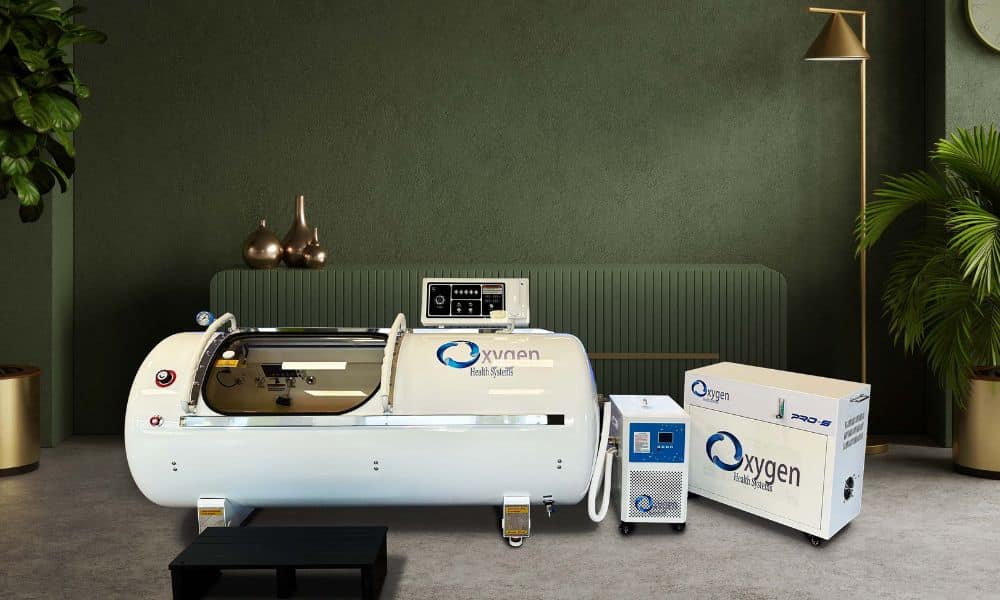Health
Hyperbaric Oxygen Therapy & Insurance Coverage: What To Know
Hyperbaric oxygen therapy (HBOT) is a treatment modality that involves breathing pure oxygen in a pressurized chamber. The therapy promotes healing and fights infection by increasing the amount of oxygen your blood can carry. Its benefits are being realized by many, especially those dealing with wounds that are slow to heal or infections where oxygen is restricted. Discover what to know about hyperbaric oxygen therapy and insurance coverage.
Understanding Coverage Criteria & Limitations
Most insurance plans, including national programs like Medicare and Medicaid, may cover the costs associated with HBOT. However, this coverage typically applies to conditions explicitly approved by the FDA. For example, if HBOT is prescribed for the treatment of chronic wounds, a condition recognized by the FDA, patients might be eligible for coverage.
As of July 2021, these are some of the conditions for which the FDA has authorized the use of hyperbaric oxygen therapy:
- Some burns
- Carbon monoxide poisoning
- Crush injury
- Severe skin and bone infection
- Non-healing wounds
The specifics of coverage can vary significantly based on the unique medical condition being treated with HBOT. It is not a one-size-fits-all scenario; each case is assessed based on individual necessity and the potential efficacy of the therapy. Because of this case-by-case approach, it’s important to consult directly with your insurance provider regarding coverage eligibility.
Navigating Your Insurance Policy
Typically, insurance providers cover FDA-approved uses of HBOT, including the treatment of certain infections. However, every insurance company may handle the coverage differently, and terms can change over time. Coverage policies may even differ within the same company, depending on individual plans and state mandates.
Understanding your insurance policy’s fine print is vital in determining whether your HBOT sessions will be covered. It’s important to know the diagnoses that are approved for coverage and how to document medical necessity adequately. When talking to your agent about insurance coverage for hyperbaric oxygen therapy, confirm that the insurance plan extends to HBOT, understand the degree of coverage provided, and identify any out-of-pocket costs that may remain post-coverage.
Advocating for HBOT Coverage
If HBOT coverage is not initially apparent in your plan, it may require advocacy on your part. Being equipped with the right information and persistence can make all the difference when negotiating with insurance companies.
For the most effective advocacy, it’s essential to understand how HBOT works. A hyperbaric oxygen therapy machine encloses the user in a specially designed chamber where the air pressure is much higher than in the surrounding environment. Inside the chamber, the patient’s lungs gather more oxygen than otherwise possible. This high level of oxygen saturation helps accelerate the body’s natural healing processes by enhancing oxygen delivery to damaged tissues.
It’s often helpful to have supporting documentation from medical professionals outlining the necessity of HBOT for your condition. These advocates can amplify your case for coverage and help ensure funding for therapy sessions.
Hyperbaric oxygen therapy can be an effective treatment modality for a variety of conditions. Most insurance plans cover some costs of hyperbaric oxygen therapy for FDA-approved conditions; however, each insurance company may handle the coverage of HBOT differently, even for approved conditions. That’s why it’s crucial to check with your insurance provider regarding the specifics of your coverage for hyperbaric oxygen therapy.

